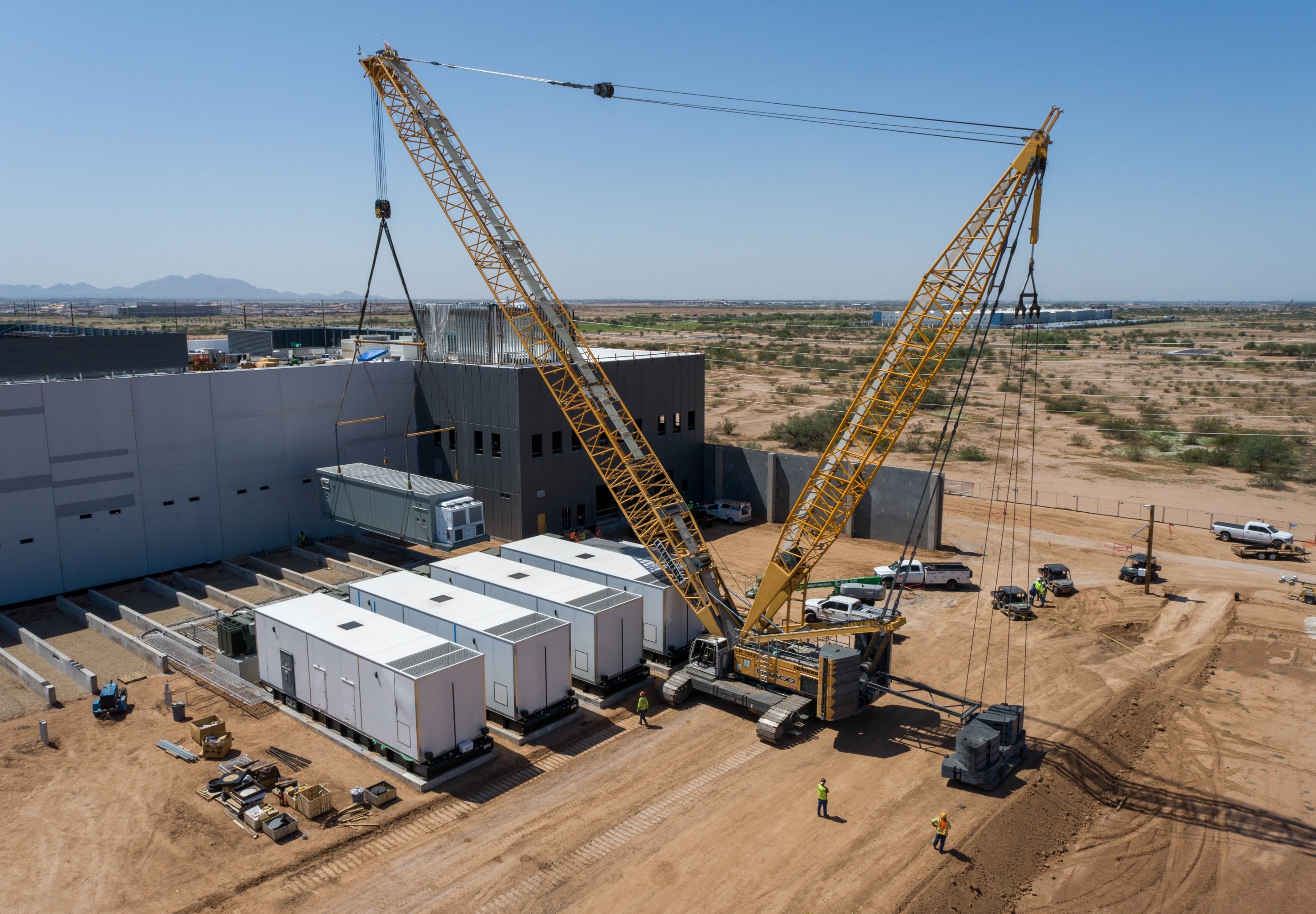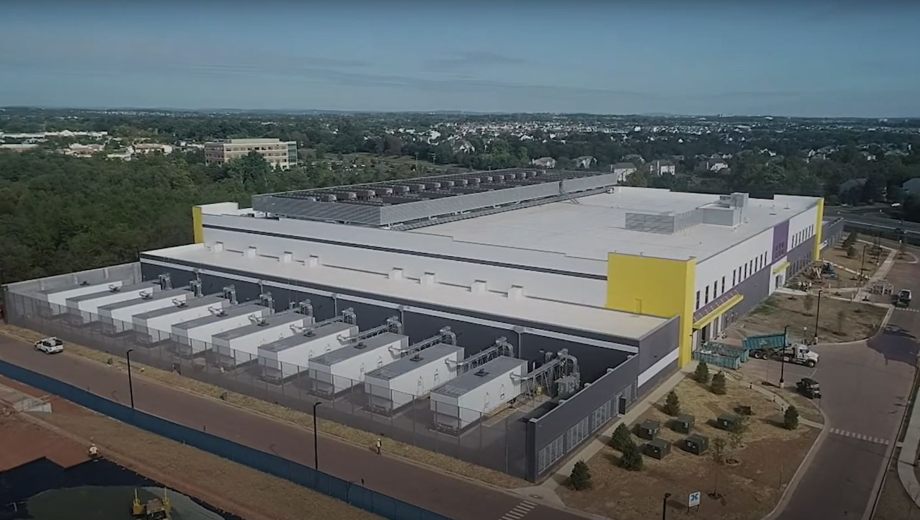-
Featured services
Think beyond the robots
The successful integration of AI and IoT in manufacturing will depend on effective change management, upskilling and rethinking business models.
Read the blog -
Services
View all services and productsLeverage our capabilities to accelerate your business transformation.
-
Services
Network Services
-
Services
Cloud
-
Services
Consulting
-
-
Services
Data and Artificial Intelligence
- AI and Intelligent Solutions
- Data/AI Strategy and Program
- Data Engineering and Platforms
- Data Governance and Management
- Data Visualization and Business Decision
- GenAI Consulting
- GenAI Platforms
- GenAI Industry Services
- GenAI Infrastructure Services
- GenAI Value Transformation
- View Data and Artificial Intelligence
-
Services
Technology Solutions
-
Services
Global Data Centers
-
Services
CX and Digital Products
-
Services
Application Services
-
Services
Sustainability Services
-
Services
Digital Workplace
-
Services
Business Process Services
-
Services
Generative AI
-
Services
Cybersecurity
-
Services
Enterprise Application Platforms

Accelerate outcomes with agentic AI
Optimize workflows and get results with NTT DATA's Smart AI AgentTM Ecosystem
Create your roadmap -
-
-
Insights
Recent Insights
-
The Future of Networking in 2025 and Beyond
-
Using the cloud to cut costs needs the right approach
When organizations focus on transformation, a move to the cloud can deliver cost savings – but they often need expert advice to help them along their journey
-
Make zero trust security work for your organization
Make zero trust security work for your organization across hybrid work environments.
-
-

Master your GenAI destiny
We’ll help you navigate the complexities and opportunities of GenAI.
Explore GenAI -
-
Master your GenAI destiny
We’ll help you navigate the complexities and opportunities of GenAI.
Explore GenAI -
Discover how we accelerate your business transformation
-
About us
CLIENT STORIES
-
Liantis
Over time, Liantis – an established HR company in Belgium – had built up data islands and isolated solutions as part of their legacy system.
-
Randstad
We ensured that Randstad’s migration to Genesys Cloud CX had no impact on availability, ensuring an exceptional user experience for clients and talent.
-
-
CLIENT STORIES
-
Liantis
Over time, Liantis – an established HR company in Belgium – had built up data islands and isolated solutions as part of their legacy system.
-
Randstad
We ensured that Randstad’s migration to Genesys Cloud CX had no impact on availability, ensuring an exceptional user experience for clients and talent.
-

Everest Group PEAK Matrix® Assessment
NTT DATA is a Leader and Star Performer in the Everest Group Sustainability Enablement Technology Services PEAK Matrix® Assessment 2024.
Get the Everest report -
- Careers
Topics in this article
It’s no surprise that the demand for data centers has increased since March 2020. With so many people turning to digital entertainment, a work from home lifestyle and remote schooling environments, this increase in network traffic is leaving online technology-based companies looking for data center space beyond the scope of their on-premise resources.
Luckily, colocation data centers can take the burden of running a data center off your shoulders. NTT’s Global Data Centers Americas division offers access to data centers all over the world. One of the key strategies that enabled us to expand our platform to 160 data centers across 20 countries and regions is the concept of modular construction, which lowers production costs, speeds up timelines and provides customizable spaces for customers.
The concept of modular construction is simple. By simultaneously constructing the data center shell onsite while the mechanical and electrical components are manufactured at an offsite factory, our team can speed up the timeline of production. The modules are then shipped to the site and installed for just in time commissioning.
Not only does manufacturing offer a more efficient solution, but it also increases the integrity of the product. Often, building large components onsite has limitations, whereas building in a manufacturing warehouse allows for the use of better materials, more thorough testing and specialized labor.
There are many benefits to a modular construction approach:
- Lower costs from buying material in large volumes for quantity discounts.
- Better scheduling of resources from using repeatable processes.
- Reduction of on-site manpower from using prefabricated components.
- Lower labor workforce rates from using factory assembly staff vs. tradesmen on site.
- Fewer costly weather-related delays by shifting prefab components indoors.
- Lower costs associated with QA/QC through factory controlled repeatable processes.
Overall, modular construction is a smart and efficient way of constructing data centers, leading to faster delivery at a lower price point for data center customers.


